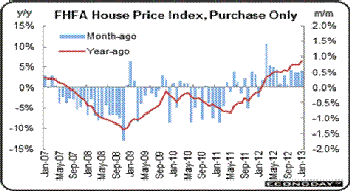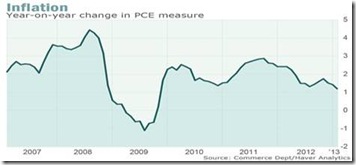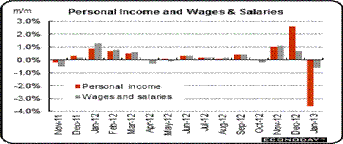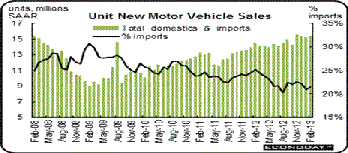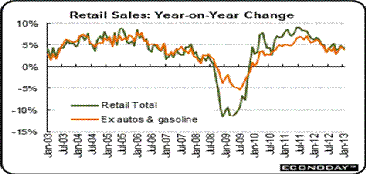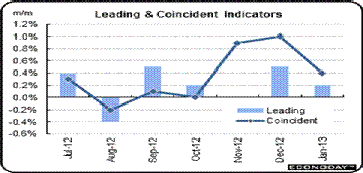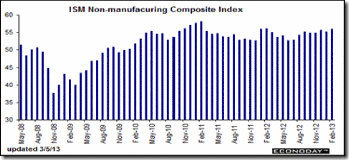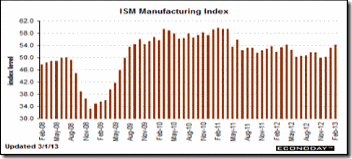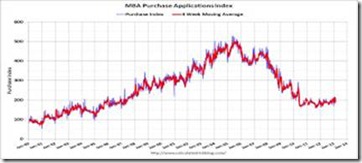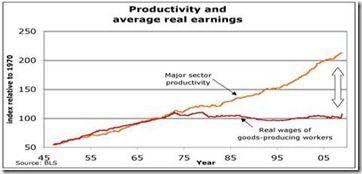Popular Economics Weekly
Berkeley Prof Brad Delong has posted a very sobering essay on his website. Because the deficit hawks and austerity advocates now hold sway in both Europe and North America, we could be in for a very prolonged “Lesser Depression”, as he calls it.
“I had always thought that policy makers well understood the basic principle of macroeconomic management,” said this Economics Professor. “It was that the government's proper role was…to tweak asset supplies so that there were sufficient liquid assets, enough safe assets, and enough financial savings vehicles that the economy as a whole did not feel under pressure to deleverage, and so push production below potential output.”
“This principle has gone out the window. The working majority of the Federal Reserve believes it has extended its aggressive expansionary policies to if not beyond the bounds of prudence. The working majority in the U.S. Congress is taking its cues from the Saturday Night Live character "Theodoric of York, Medieval Barber". It believes that what the economic patient needs is another good bleeding of rigorous austerity, and that is putting further downward pressure on employment and production.”
Why do not policymakers in the West understand that it is in our best interests to prod economic activity enough to create robust growth, until enough revenues are generated to pay for keeping up with the rest of the world? Who are the deficit hawks that choose not to understand basic economics? Paul Krugman has called them out countless times.
“And why are we shortchanging the future so dramatically and inexcusably? Blame the deficit scolds,” said Krugman, “…whose constant inveighing against the risks of government borrowing, by undercutting political support for public investment and job creation, has done far more to cheat our children than deficits ever did.”
The scolds are mostly Republicans, in this case, who have become the protectors of the wealthiest among US, as they siphon ever more public funds away from public investments to their own profits.
Professor Krugman continues, “Fiscal policy is, indeed, a moral issue, and we should be ashamed of what we’re doing to the next generation’s economic prospects. But our sin involves investing too little, not borrowing too much — and the deficit scolds, for all their claims to have our children’s interests at heart, are actually the bad guys in this story.”
How do we escape the political gridlock that has trapped US between the past the the future? Part of the answer can lie in history. We had a similar situation at the beginning of the 20th century, when robber barons ruled, and we needed a JP Morgan to finance World War I.
Teddy Roosevelt came along with an answer, which he called the “New Nationalism”. He made sure more wealth flowed to the less wealthy by busting monopolies that ruled the new industries of that day, and advocated laws and institutions to regulate them.
We are now at the beginning of the Digital Revolution, where technology is replacing workers making the necessities of life at an ever accelerating rate. So more Americans will have more leisure time to pursue their own interests. And more importantly, the ever increasing productivity of those machines will be able to lift all boats—that is, provide more necessities, as well as amenities to improve lives—rather than go only to the profit makers.
That is to say, more Americans will be able to live off the fruits of technology, if policymakers will listen to our smartest economists. Much of the Great Recession and slow recovery is due to widespread ignorance of economic fundamentals that actually depend on social welfare, as Professor Delong says. For no economy can prosper if educational and environmental standards are ignored, which enable greater social mobility and good health. It is also an ignorance of what is in our national interest. Raising educational and environmental standards, restoring our aging infrastructure, and creating a truly universal health care system make us more competitive globally.
Don’t take my word for it. Lord John Maynard Keynes saw the consequences of increasing abundance in his famous 1930 essay, Economic Possibilities for our Grandchildren: “Thus for the first time since his creation man will be faced with his real, his permanent problem – how to use his freedom from pressing economic cares, how to occupy the leisure, which science and compound interest will have won for him, to live wisely and agreeably and well. The strenuous purposeful money-makers may carry all of us along with them into the lap of economic abundance. But it will be those peoples, who can keep alive, and cultivate into a fuller perfection, the art of life itself and do not sell themselves for the means of life, who will be able to enjoy the abundance when it comes.”
Professor Robert Shiller also discusses its consequences in his recent book, “The New Financial Order, Risk in the 21st Century”, in which he lays out what our new information technologies will be able to do. In it, “Shiller describes six fundamental ideas for using modern information technology and advanced financial theory to temper basic risks that have been ignored by risk management institutions--risks to the value of our jobs and our homes, to the vitality of our communities, and to the very stability of national economies”, says the publisher, Princeton University Press.
It will do all this by leveling the playing field in order to create a greater transparency of markets, as financial information in particular will be available to all. Therefore much of the risk in one’s profession, or housing value, or even health, will be able to be insured against unexpected events, such as recessions, or loss of career, or debilitating illnesses because of the new information technologies.
So the Digital, ‘Big Data’ Revolution that is upon us gives no reason to be ignorant of how the modern world works. It will become more difficult for those who profit from such ignorance to accumulate excessive wealth. Or, as Teddy Roosevelt knew, we will continue to repeat the mistakes of past centuries.
Harlan Green © 2013
Follow Harlan Green on Twitter: www.twitter.com/HarlanGreen



